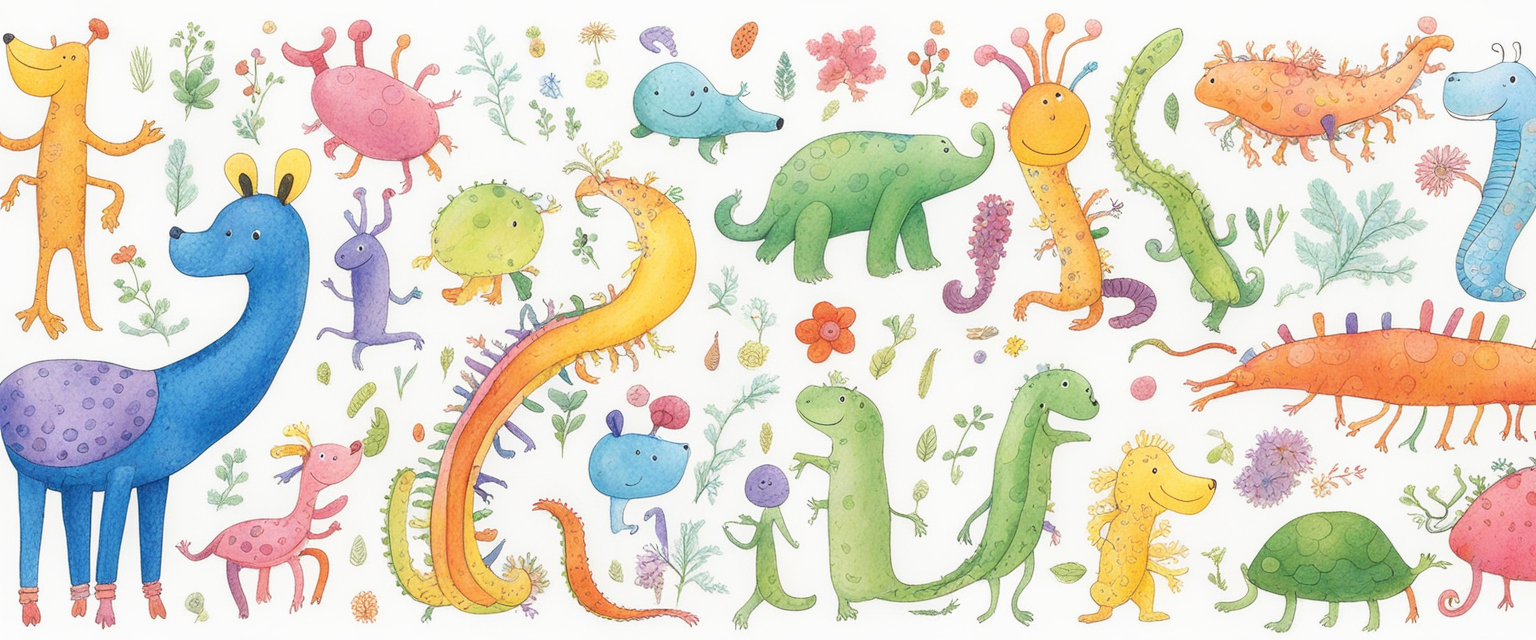
A Major Breakthrough in Autism Research
In an exhaustive reassessment study, a definitive association between gut bacteria and autism spectrum disorder (ASD) has been identified. This groundbreaking discovery offers a much-needed ray of hope, unlocking new potential avenues for therapy and treatment.
Recently published in the scientific journal Nature Neuroscience, researchers have uncovered a detailed relationship between temporal changes in gut microbiome composition and observable traits and symptoms of individuals with ASD. This discovery was made possible by utilizing a novel algorithm that enabled scientists to delve into decades of research, identifying connections previously overlooked.
Autism is a complex neurodevelopmental condition characterized by a range of cognitive, behavioral, and communication impairments. The condition is classified as a spectrum disorder, meaning the symptoms and severity vary widely among individuals. Understanding the intricate details of this condition is crucial for developing effective therapeutic strategies.
The Gut Microbiome: A Hidden World of Influence
The gut microbiome consists of a community of microorganisms, including both 'good' and 'bad' bacteria, residing in our digestive tract. The balance of these bacteria is essential for digestion, metabolism, immune function, and overall health. Substantial changes in the gut microbiome can significantly impact these processes, influencing conditions like ASD.
The possible link between autism and the microbiome first emerged in the 1990s when parents reported behavioral changes in their autistic children upon taking antibiotics, which affect gut bacteria. This observation sparked extensive scientific inquiries leading to studies that, despite being promising, often showed inconsistent results.
Recognizing the need for comprehensive analysis, the Simons Foundation Autism Research Initiative (SFARI) acted, hiring Dr. Gaspar Taroncher-Oldenburg to make sense of the previous studies. Joining forces with Dr. Jamie Morton, a computational biologist, the team adopted a computational approach to reassess existing data.
Reanalyzing Data with a Fresh Perspective
Taroncher-Oldenburg noted that previous studies showed little overlap, making it difficult to pinpoint specific mechanisms. By bringing together a diverse team of 43 experts, the investigators revisited 25 published datasets, including data on diet, immune system response, markers of inflammation, and gene expression profiles in the human brain.
This collaborative reanalysis faced challenges, particularly in aggregating various data sets to draw direct comparisons. The scientists spent nearly a year accessing, cleaning, and curating the data, which was essential for producing reliable results.
Importantly, using novel algorithms, the team identified well-matched pairs of autistic and neurotypical individuals in terms of age and sex. This approach dramatically increased the number of data points analyzed, enhancing the credibility of the findings.
Discoveries That Shock and Inspire
The comprehensive analysis revealed a connection between the microbiome and various immune genes, alongside links between the microbiome and diet. Some of these connections involve key neurological pathways and neurotransmitters crucial for brain signaling, a discovery that shocked the researchers.
While the study does not assert that the microbiome causes autism, it establishes a significant statistical correlation between altered microbiome composition and autism. The exact mechanics of this relationship require further investigation, but the correlation paves the way for new research directions.
An unexpected finding was the overlap between microbes associated with autism and those identified in a long-term fecal microbiota transplant (FMT) study, suggesting the potential for microbiota transfer therapy in improving autism symptoms. This overlap provides additional evidence supporting the benefits of such therapies.
Paving the Way for Future Research
This reassessment sets the groundwork for future research methodologies, promoting the use of advanced computational approaches. Taroncher-Oldenburg and Morton's study demonstrates the need for integrating computer science with biology to navigate the complexities of microbiome studies.
The researchers emphasize that mere identification of microbes is insufficient; understanding the genes they contain and their functions is crucial. The team suggests that microbiome dysregulation might result from dietary preferences common in individuals with autism, who often exhibit selective eating habits.
Going forward, there is a call for a new discipline combining AI, statistics, and biology, to effectively study these intricate systems. Such interdisciplinary collaboration is vital for advancing understanding and treatment of autism.
A Community on the Cusp of Acceptance
Finally, the scientific community is warming up to the idea that the microbiome significantly influences who we are, potentially as crucial as our own genes. This advance marks the onset of a promising era in autism research, underscoring the importance of a holistic approach encompassing diverse scientific disciplines.
As we move toward deeper understanding, this breakthrough instills hope and motivation to continue exploring the vast potentials of microbiome research in autism. It is a testament to the relentless pursuit of knowledge and the collaborative efforts that make such discoveries possible, sparking optimism for the future of autism therapy.









Leave a comment